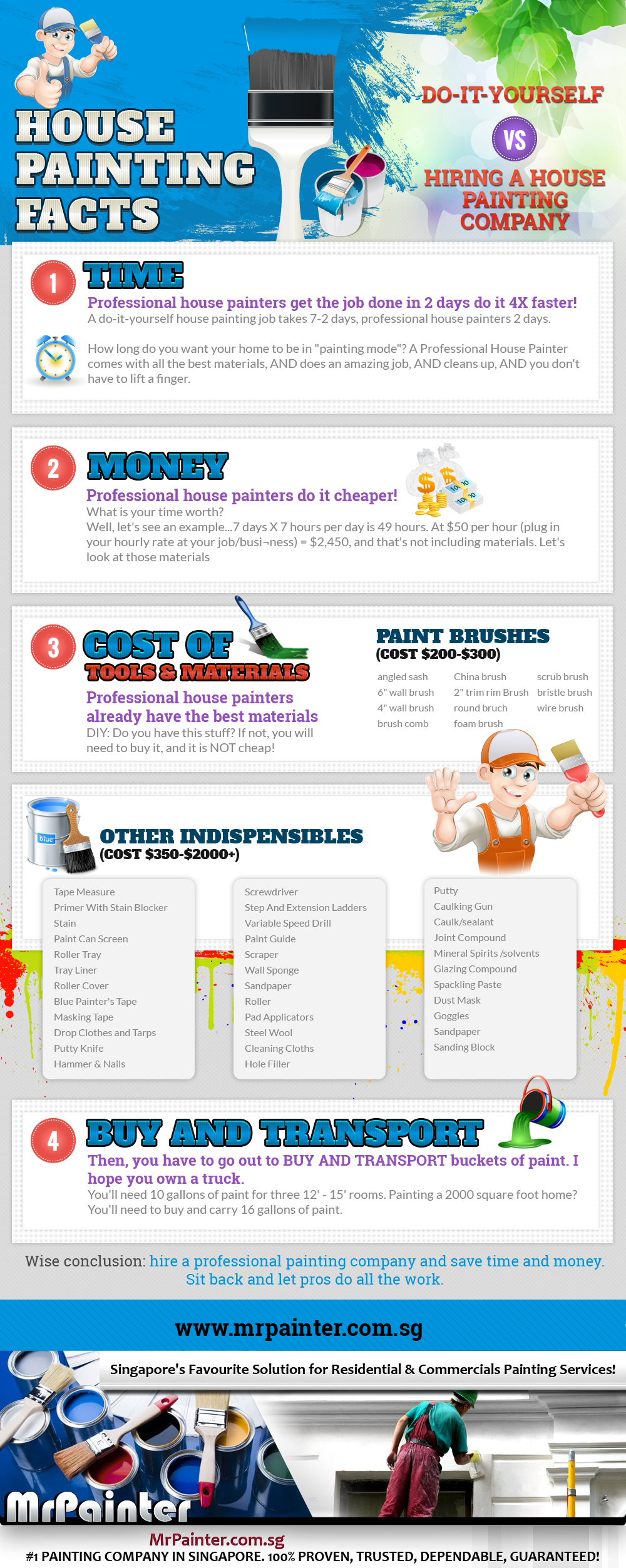Examine The Duty Of Seasonal Factors In The Success Of Business Exterior Painting And Discover The Most Effective Times To Secure Enduring Results For Your Task
Examine The Duty Of Seasonal Factors In The Success Of Business Exterior Painting And Discover The Most Effective Times To Secure Enduring Results For Your Task
Blog Article
Posted By-Carlson Skafte
When you're intending an industrial exterior paint task, seasonal variables can make or damage your results. You'll wish to think about how temperature and moisture influence paint application and drying out times. Choosing the ideal period can guarantee your paint adheres appropriately and lasts longer. But which seasons are truly the most effective for this type of work? Let's check out the key elements that can affect your project's success.
The Effect of Temperature on Paint Application
When you're planning an industrial external painting project, the temperature level can significantly influence just how well the paint adheres and dries.
Ideally, you want to repaint when temperatures vary between 50 ° F and 85 ° F. If it's as well chilly, the paint may not heal properly, bring about issues like peeling off or breaking.
On the other side, if it's also hot, the paint can dry out also rapidly, preventing proper attachment and leading to an irregular finish.
You ought to additionally think about the time of day; morning or late afternoon offers cooler temperature levels, which can be extra positive.
Always inspect the manufacturer's referrals for the details paint you're utilizing, as they usually provide support on the optimal temperature level variety for optimal outcomes.
Moisture and Its Impact on Drying Times
Temperature level isn't the only environmental factor that influences your industrial outside painting job; moisture plays a considerable role as well. straight from the source can decrease drying times dramatically, affecting the general high quality of your paint task.
When the air is filled with moisture, the paint takes longer to cure, which can result in concerns like poor adhesion and a higher risk of mold growth. If you're repainting on a particularly humid day, be prepared for prolonged wait times between layers.
visit my web site to monitor regional weather and plan accordingly. Ideally, go for moisture levels in between 40% and 70% for optimal drying out.
Keeping these factors in mind guarantees your job remains on track and supplies a lasting coating.
Best Seasons for Commercial Outside Painting Projects
What's the most effective time of year for your business outside painting projects?
Spring and very early fall are commonly your best bets. Throughout these periods, temperature levels are light, and moisture degrees are commonly reduced, producing perfect conditions for paint application and drying out.
Prevent summer's intense heat, which can cause paint to completely dry also swiftly, resulting in poor attachment and surface. In a similar way, wintertime's cool temperatures can impede proper drying out and healing, taking the chance of the long life of your paint work.
Aim for days with temperature levels between 50 ° F and 85 ° F for optimum results. Keep in mind to inspect the neighborhood weather report for rain, as wet problems can wreck your job.
Preparation around these factors guarantees your paint job runs efficiently and lasts much longer.
Verdict
In conclusion, preparing your industrial outside painting jobs around seasonal factors to consider can make a considerable difference in the outcome. By organizing job during the excellent temperature levels and moisture degrees, you'll ensure far better attachment and drying out times. Remember to watch on neighborhood weather prediction and select the correct time of year-- spring and early autumn are your best options. Taking can i paint my house in the winter will assist you achieve a long lasting and expert finish that lasts.
